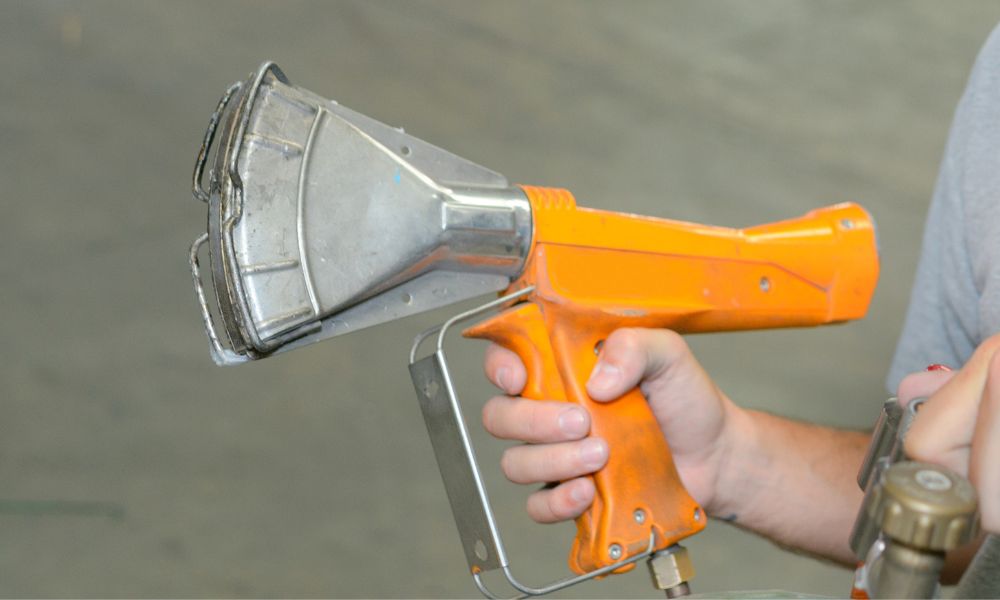
Not every heat gun on the market will have the same functionality or settings. Therefore, when purchasing an industrial heat gun, you must understand what features to look for. In this article, we go over the different settings and features a heat gun might have so you can find the perfect one to carry out your task.
Gas or Electric
The two main types of heat guns that you’re most likely contemplating are gas or electric. Electric heat guns either use a cord to operate or a battery for a cordless function. Gas uses propane or butane to power the device. However, industrial heat guns may be a combination of both types or one or the other. Consider the applications you will be using the device for to better understand which one is the right fit for your job. For example, an electrician might use a gas-powered heat gun when working away from electrical outlets to avoid using an extension cord that could threaten worksite safety.
Temperature Settings
When you’re using an industrial heat gun for your business, it could reach temperatures as high as 1,400 degrees Fahrenheit. When you’re performing a wide variety of applications, such as stripping paint or packaging products, you need a device that ranges in temperature. Having this flexible setting will ensure you’re using the right amount of heat for your job. Find a heat gun with temperature control settings for a more precise application process.
Nozzles and Attachments
Nozzles and attachments for your heat gun could be beneficial in dissipating heat evenly for more efficiency. However, be mindful of the quality of the attachments you purchase because they deal with heat; you won’t want them to melt or deform. Understanding when to use a heat gun extension or a cone nozzle will allow a worker better control of the device for even heat application. Extensions help employees reach difficult areas, while cone nozzles help direct the heat to a specific area on your application.
Airflow and Fan Speed Settings
How powerful the fan is inside the heat gun will determine how much surface area the heat will reach on your job. As for an industrial setting, you might want a device with higher fan speeds to tackle larger jobs like defrosting frozen pipes. Adjusting the airflow is also a vital element to look for when purchasing an industrial heat gun because it can create better efficiency. This is helpful when you need to prevent melting; you can lower the fan speed and airflow for better control of the device.
Consider the type of jobs you will be using the heat gun for to understand better which type to purchase for your trade. How high of a temperature do you need? Will you utilize extensions or nozzles? Furthermore, once you determine which heat gun to purchase, ensure you’re buying from a reputable manufacturer to avoid buying a faulty or broken heat gun.
